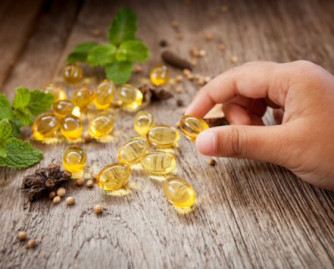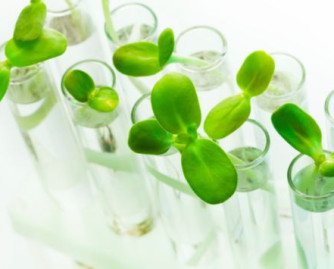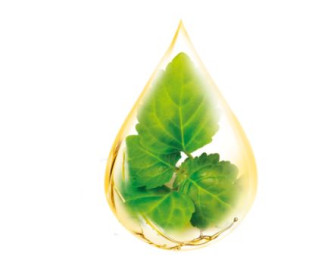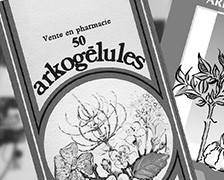How are our products formulated?
We know that you attach great importance to the composition of the health products you use. This is why it is our duty and our responsibility to select only quality ingredients to formulate natural, healthy and superfluous solutions. This ambition is materialized by a notion: "the green galenic".

Arkopharma's "green galenic": What is it?
« Green galenic is a concept that combines both formulation of health products and exclusive use of ingredients of natural origin.
Chantal Hombourger, Director Galenic Development Laboratories Arkopharma
Galenic is the science and art of preparing an active ingredient to make it administration in an adapted and easy to use form: capsules, tablets, oral bulbs, etc. We obtain a galenic form, by mixing active materials, raw materials for helping the formulation, called "excipients" or "additives" which will allow to obtain the desired form and guarantee its stability.
Since the creation of Arkopharma, we are trying to formulate our products from natural active ingredients, mainly from plants. These assets are contained in the plant of the plant, that is to say all of the components of the plant that act by synergy. To formulate a product, we add to the active materials of raw materials which allow us to obtain the final properties. To stay faithful to our values, we have chosen not to use chemical additives, nanoparticles or synthetic dyes.
Thus, today, all our formulations use only natural ingredients that are absolutely and strictly necessary to obtain the chosen galenic form.


Arkopharma's "green galenic": patented work
Each year we test hundreds of very raw raw materials, such as apple, oats, buckwheat, banana flour, etc. To replace any synthetic material of our formulas.Thanks to the work of our researchers, we discovered that these raw materials intrinsically possessed technological properties which, mixed with our assets, could give technical properties to the product, allowing their final formatting. This work was patented in July 2018.
« In order to guarantee the stability of these formulations, we have also developed methods of predictive stability, thus making it possible to offer our consumers safe, effective and natural products, until their expiration.»
Chantal Hombourger, Director Galenic Development Laboratories Arkopharma
Appropriate galenic solutions
The galenic expertise of our laboratories is based on our capacity for innovation. Our galenic service lists potentially interesting assets, recently launched on the international market and having been the subject of serious studies, but also the excipients. It is this knowledge of the active/excipient couple that allows our galenic to fulfill their mission: to facilitate the use and consumption of original food supplements, in which the activity and the effectiveness of the ingredients are preserved.

Our galenic department must also solve other issues, especially those of taste in liquid forms. Plants are often characterized by natural bitterness, the incidence of which is all the more important since they are in liquid and oral forms.
The role of our galenic service will then be either to seek plants with acceptable taste for a given indication, or to hide it.
93,2 %
without allergens*
*raw materials entering food supplements
98.7%
do not contain gluten*
*raw materials entering food supplements
98.5%
do not contain lactose*
*raw materials entering food supplements
85 %
vegan*
*raw materials entering food supplements




